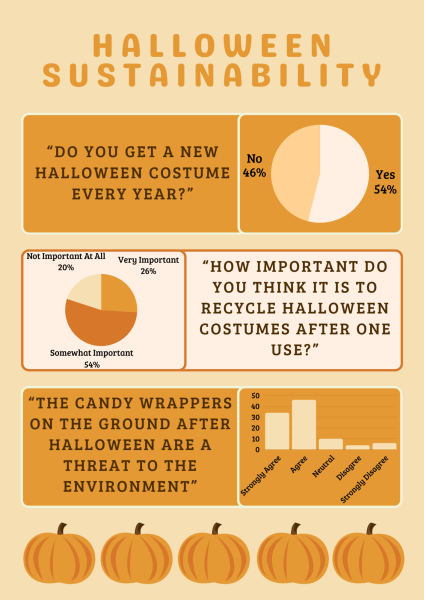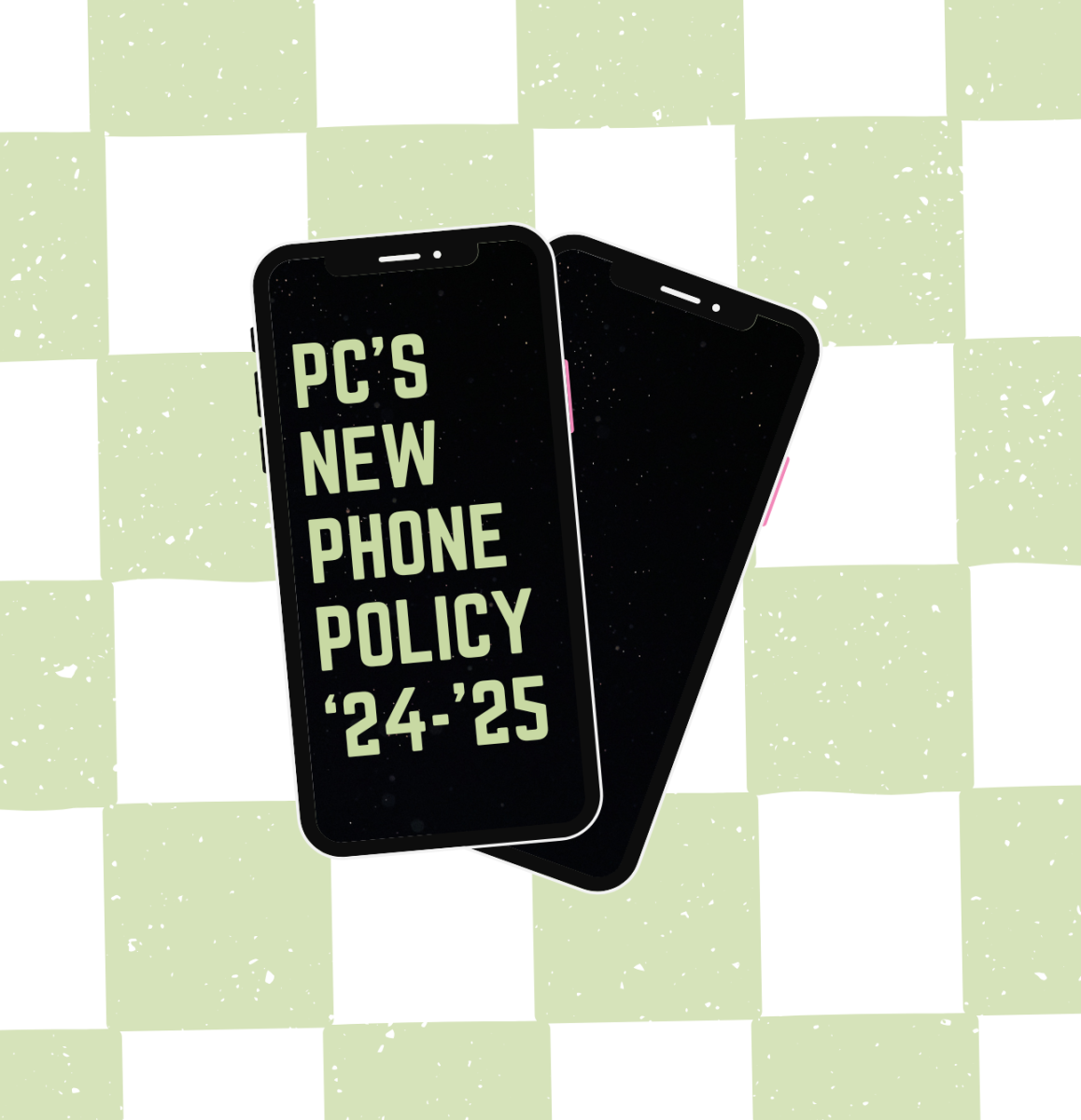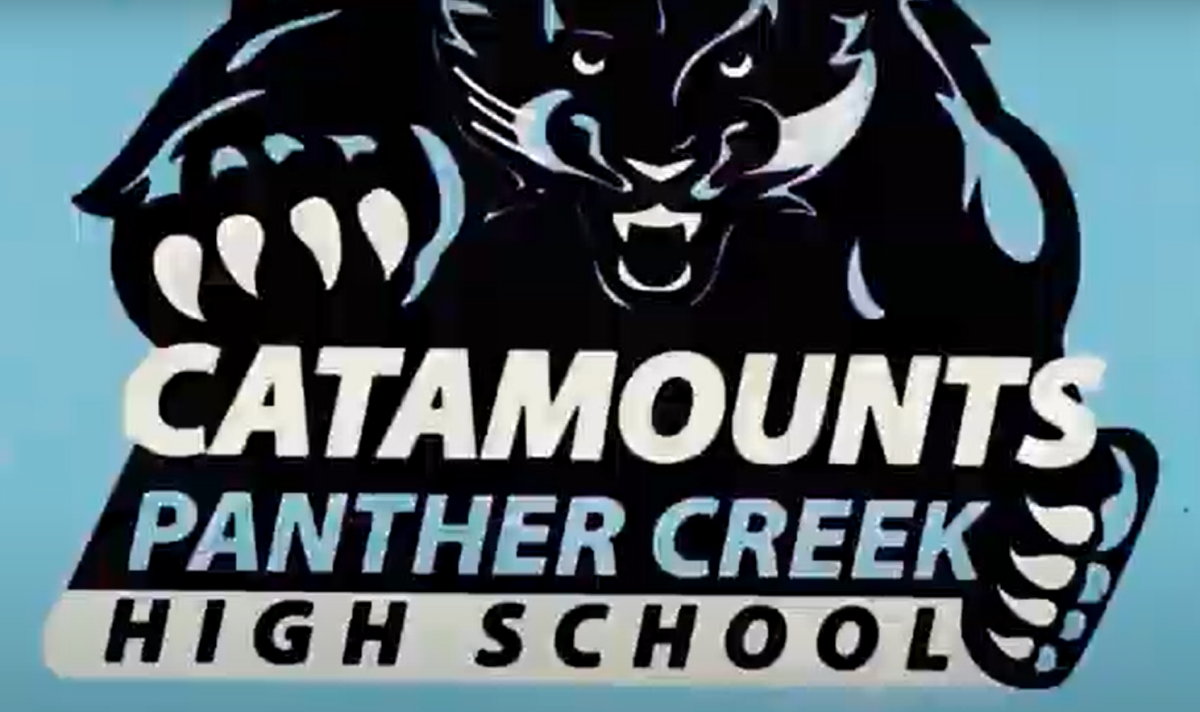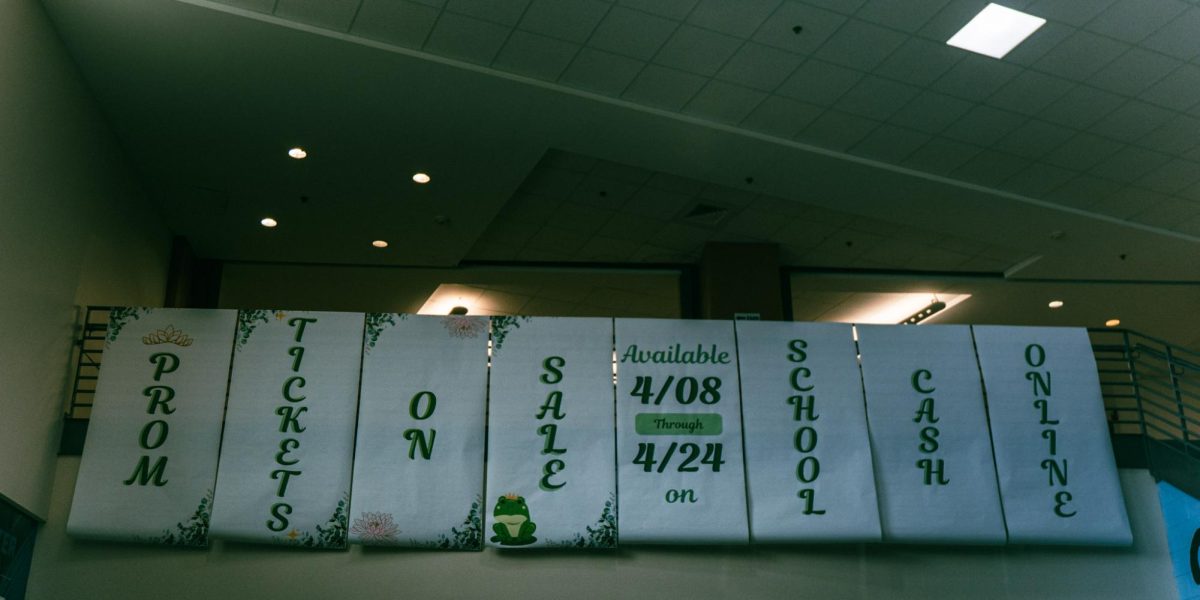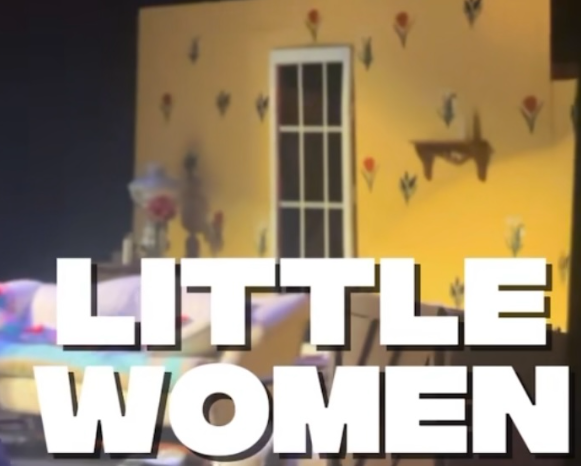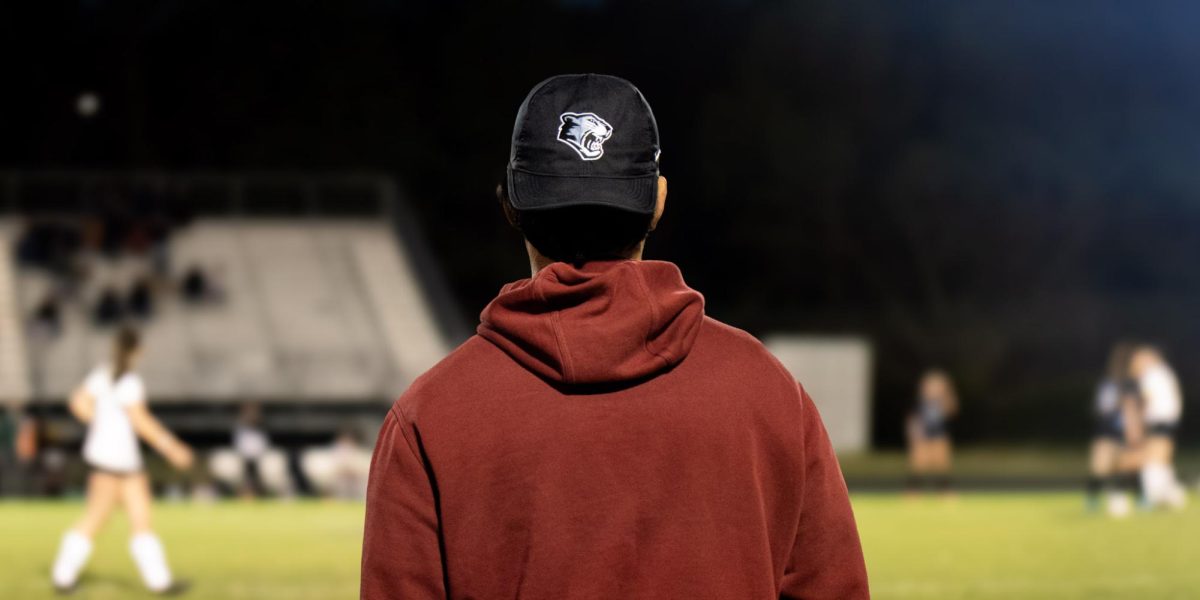Halloween is undeniably one of the most enjoyable holidays of the year, from scary movies and haunted houses to elaborate costumes and candy. I mean, who doesn’t love driving down the street and seeing colorful houses light up the neighborhood? However, beneath this seemingly innocent night of fun lies a darker secret: the alarming amount of waste produced and its detrimental impact on our environment.
On a surface level, how much do we know about Halloween’s environmental footprint?
Let’s hear from some Panther Creek voices. Sophomore Ava Grosland agrees that ¨communities generate a lot more trash because of all the candy wrappers and pieces from costumes¨, and that this in turn “creates a lot of waste for us to go through.” Freshman Zoha Hakim shared her experience of walking to school the day after Halloween, “and seeing a lot of litter on the ground.”
So, what makes Halloween so wasteful?
Take the seemingly harmless pumpkin for example. After they are carved, a whopping 1 billion pounds of pumpkin remains are sent to landfills each year after Halloween, emitting potents like methane gas, which is over 25 times more harmful than carbon dioxide. A waste management service’s studies showed that about 60% of consumers who buy pumpkins for decoration don’t even use them for culinary purposes, leading to significant food waste as well.
And that starburst candy wrapper you said you threw away (but we all know you sneakily dropped on the floor)? Yes, even the candy wrappers that we toss and fail to recycle are a major issue. The average American consumes about 3.4 pounds of candy around Halloween, leading to millions of wrappers ending up in landfills. The National Confectioners Association reports that only about 5% of these candy wrappers are recycled, thus contributing to a frightening amount of pollution in our oceans and elsewhere.
Finally the Halloween costume industry. Here, waste accumulates rapidly! Approximately 90% of costumes are discarded after the holiday. This leads to massive space, and textile waste, as many costumes contain synthetic materials like polyester that take decades to decompose.
But what can we do as simple students at Panther Creek? While our actions might seem small, there are several effective ways to make a difference.
You can create costumes from items that you already own or donate any that are no longer in use by you. Hakim encourages people to “reuse their costumes” to prevent discarded clothing items from ending up in another landfill. Eryka Beaver, one step ahead, keeps her costumes “for younger siblings to play with”, preserving and simultaneously providing free access to year-round costumes for her siblings.
Instead of tossing carved pumpkins, create a composting system in your yard or use the insides for cooking purposes. Education is also crucial. By raising awareness about recycling candy wrappers and advocating for local recycling programs we will be able to cut down on the amount of waste significantly. Finally, participating in community clean-up initiatives and clubs after Halloween can help clear litter from our streets and therefore from our seas.
By taking these steps, we can contribute to a more sustainable Halloween and reduce its environmental impact. Change is still change, no matter how small.


